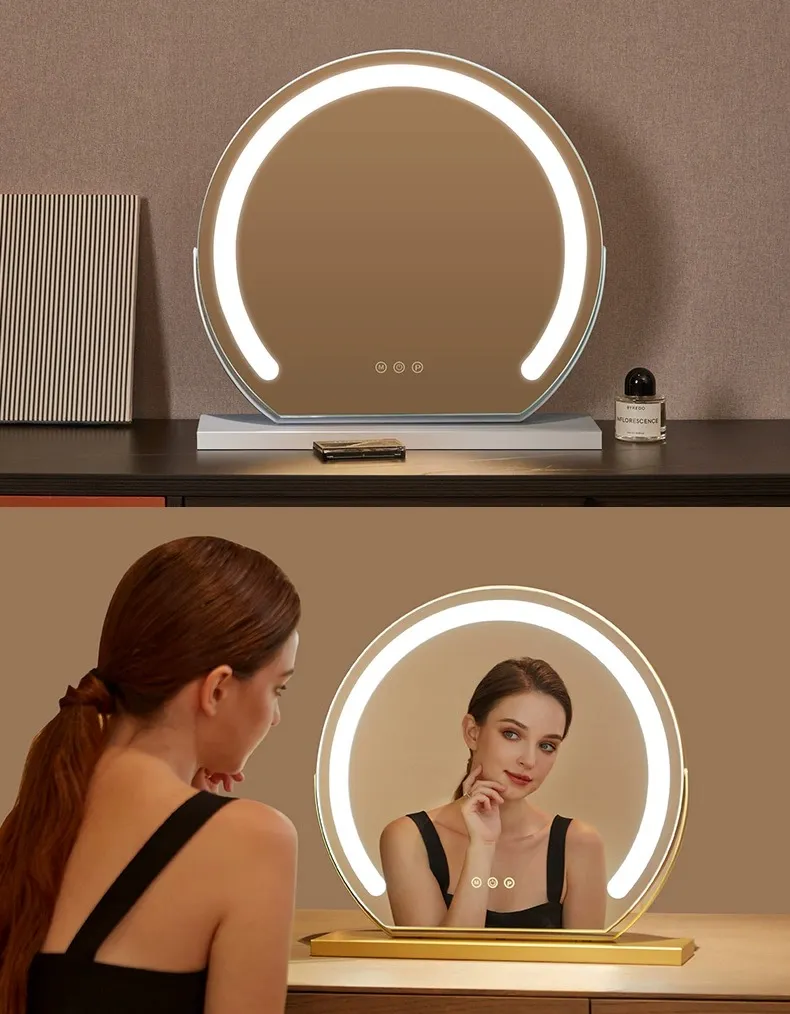

The Marvels of Surface Silvered Mirrors
Surface silvered mirrors have long fascinated both scientists and artists alike, serving as a perfect blend of functionality and aesthetic appeal. These mirrors, notable for their distinctive reflective properties, are made by applying a thin layer of metallic silver onto the glass surface. This process not only creates a highly reflective medium but also contributes to the mirror’s durability and clarity. The use of silver specifically is due to its excellent reflective capabilities, making it ideal for creating high-quality images.
The origins of surface silvered mirrors can be traced back to the 16th century when the process of glass-making was evolving. The application of silver to glass for reflection became popular in Europe, especially in Venice, where artisans perfected the technique. The resulting mirrors were highly prized among the aristocracy, symbolizing wealth and sophistication. Unlike earlier polished metal mirrors, which offered a limited degree of reflection, surface silvered mirrors provided a much clearer and more accurate representation of the surrounding environment.
One of the most significant advantages of surface silvered mirrors is their ability to reflect a broad spectrum of light. This property is essential not only in decorative applications but also in scientific fields, particularly in optics. In laboratories, these mirrors are utilized in telescopes and lasers, where precision and clarity are paramount. The ability to manipulate light through these mirrors has led to groundbreaking advancements in various technological applications, paving the way for innovations in photography, astronomy, and even medicine.

In addition to their practical uses, surface silvered mirrors play a crucial role in art and design. Artists have long utilized mirrors to create depth and intrigue in their work, allowing for enhanced visual experiences. Interior designers favor these mirrors as they can make spaces appear larger and more luminous. Moreover, reflective surfaces can be expertly used to create focal points and add a touch of elegance to any room's décor.
The process of creating surface silvered mirrors has also evolved over time. Modern techniques involve the use of vacuum deposition, where silver is applied in a controlled environment, ensuring an even and durable coating. This advancement not only improves the quality of the mirrors but also increases their longevity, making them a sustainable choice for consumers.
In conclusion, surface silvered mirrors are not merely functional objects; they are a testament to human ingenuity. Their history, versatility, and enduring beauty continue to captivate, making them an indispensable part of both our daily lives and specialized fields.